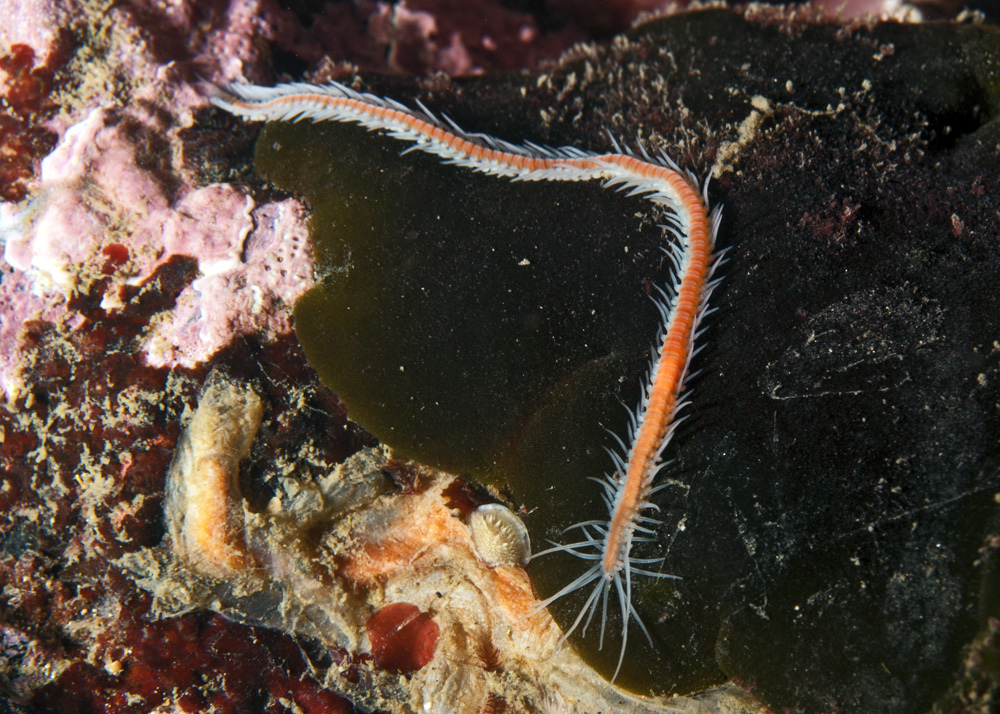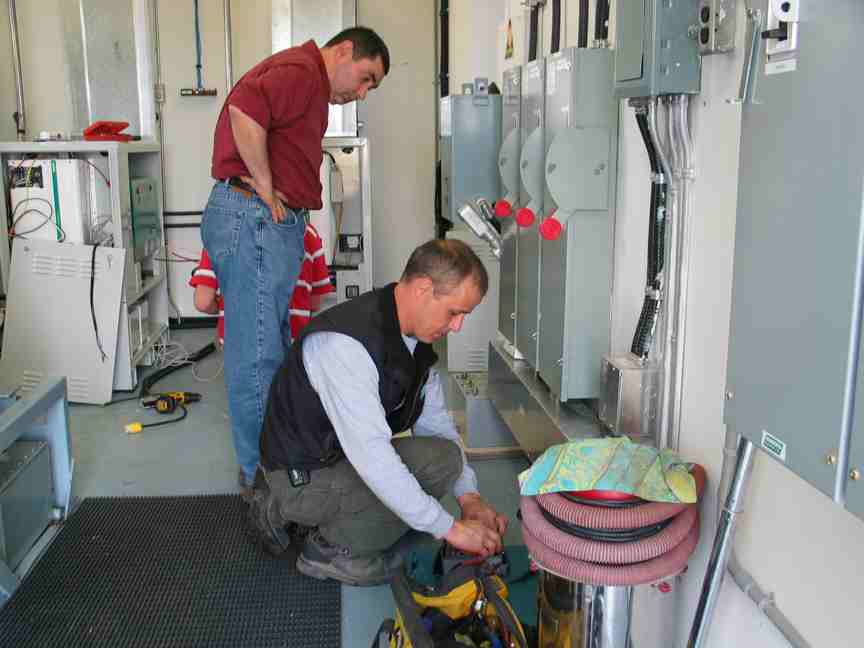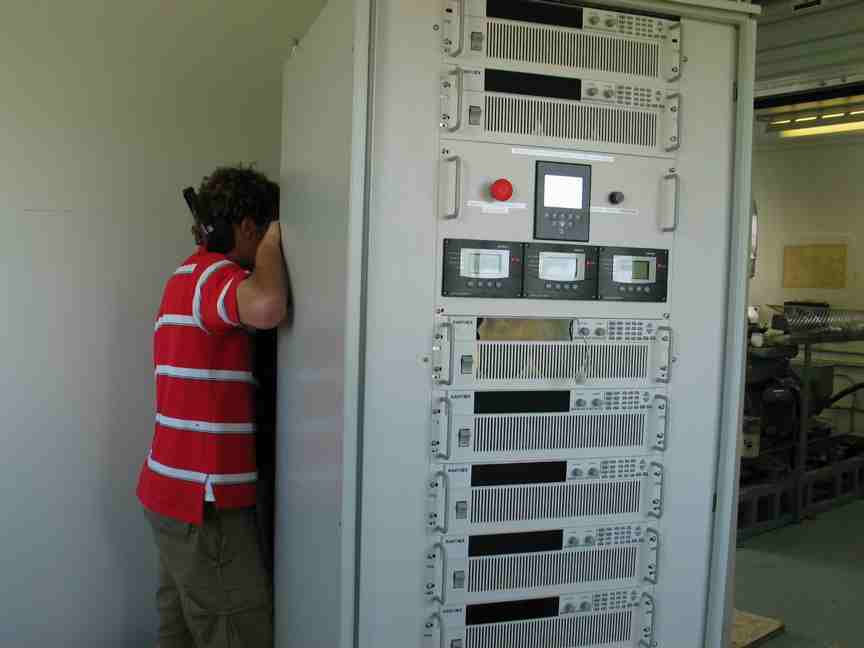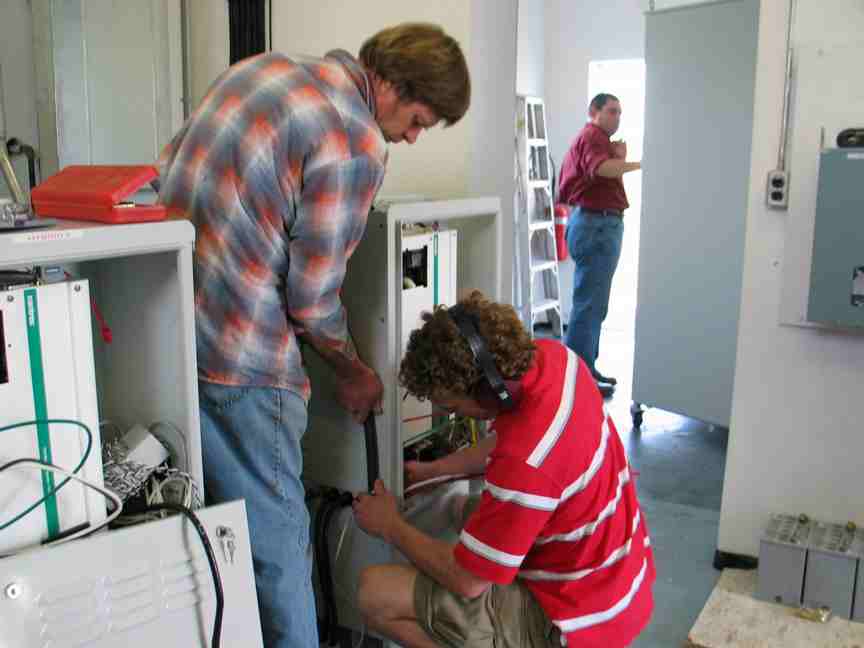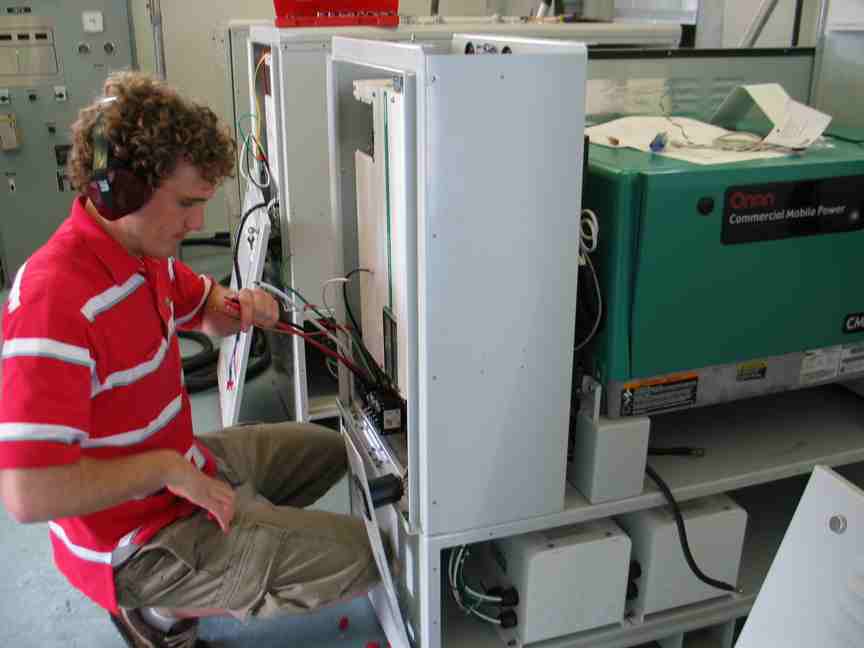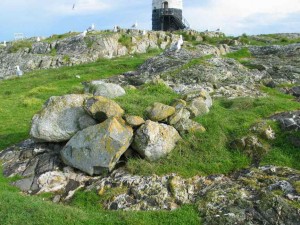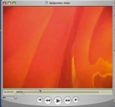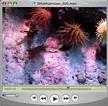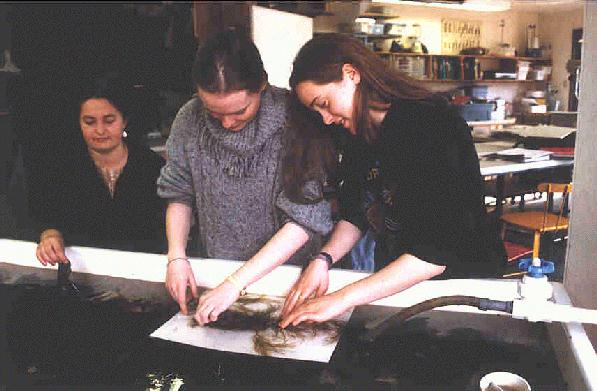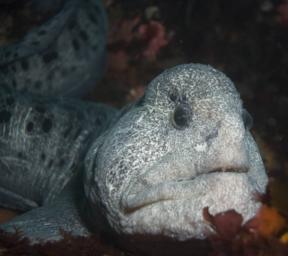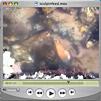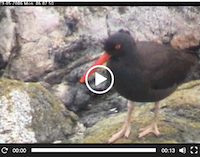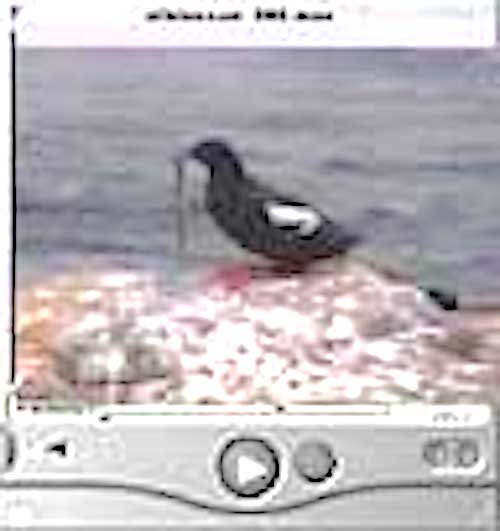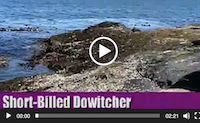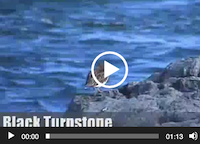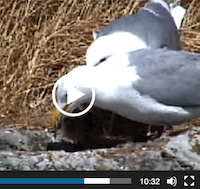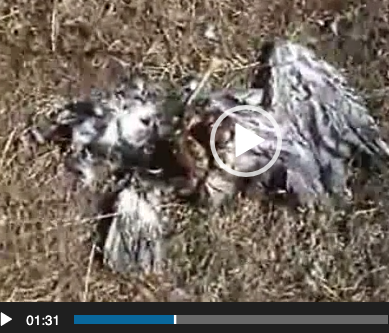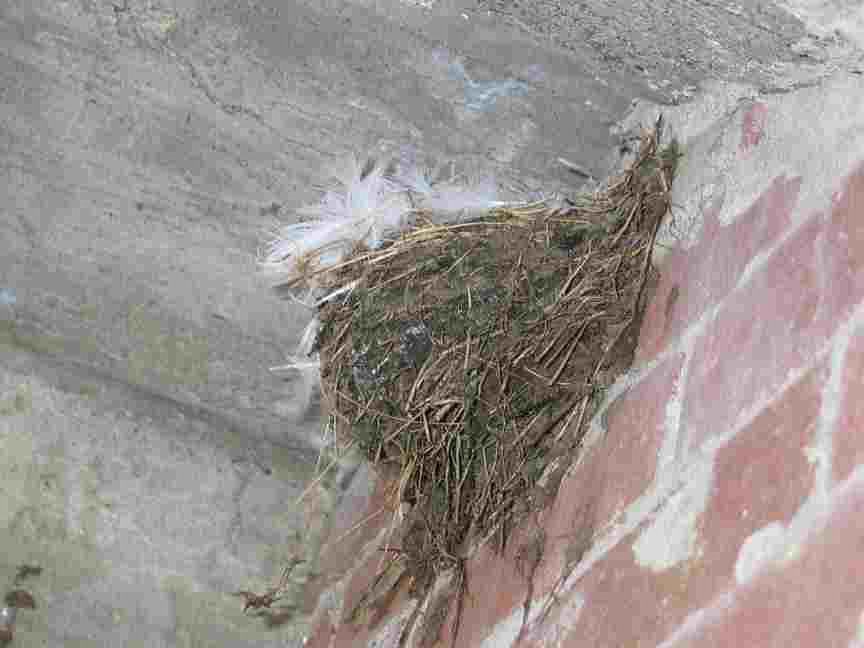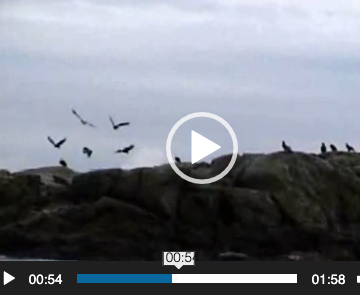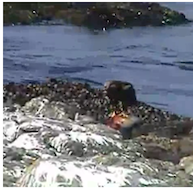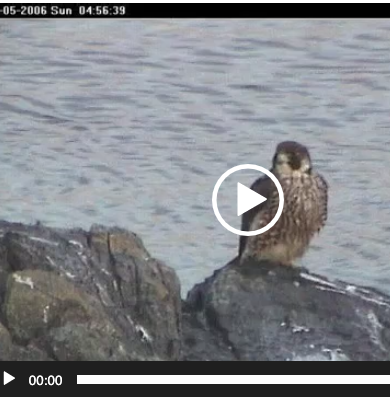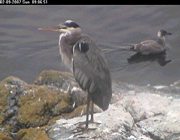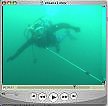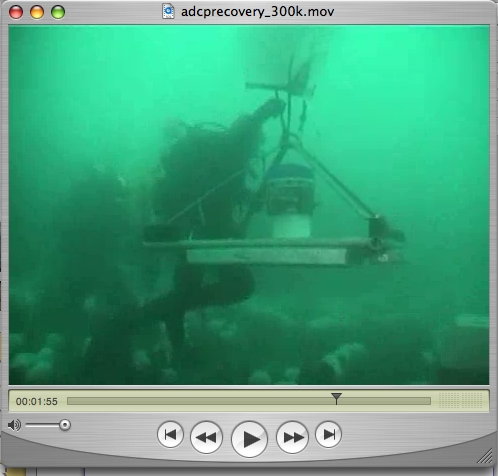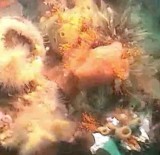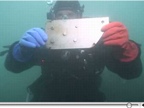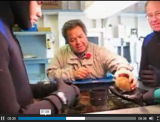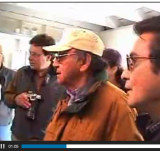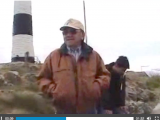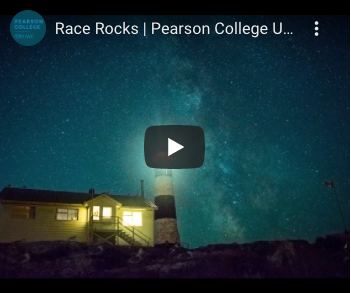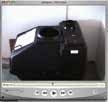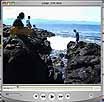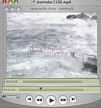
This annelid has only been observed a few times at Race Rocks, this photo was taken by Johan Ashuvud (PC yr 5) in 1980.
In Marine Life of the Pacific Northwest, this species is referred to as the “mystery necklace worm” .Detailed examination of the palps, teeth, cirri and chaeta are necessary for identification.
Below is another annelid from the gallery of images taken by Ryan Murphy in 2010 when he was Ecoguardian at Race Rocks.
Domain: Eukarya
Kingdom: Animalia
Phylum: Annelida
Class: Polychaeta
Order: Aciculata
Family: Syllidae ?
Genus: Pionosyllis ?
Species sp:
Common Name: Necklace worm?
Other Members of the Phylum Annelida at Race Rock
and Image File |
 The Race Rocks taxonomy is a collaborative venture originally started with the Biology and Environmental Systems students of Lester Pearson College UWC. It now also has contributions added by Faculty, Staff, Volunteers and Observers on the remote control webcams. The Race Rocks taxonomy is a collaborative venture originally started with the Biology and Environmental Systems students of Lester Pearson College UWC. It now also has contributions added by Faculty, Staff, Volunteers and Observers on the remote control webcams. |

